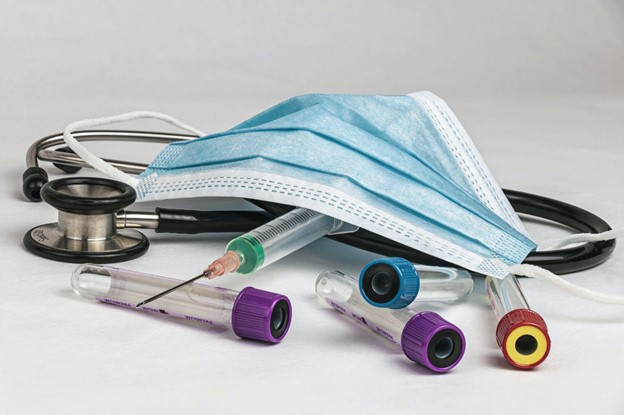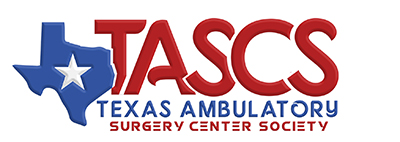OnHand’s president explained supply chain disruptions since the pandemic and how healthcare systems can adapt in the future to help combat this problem.
When COVID-19 began to run rampant in 2020, the healthcare system struggled to handle the pandemic’s force. “I joke with people often that a couple years ago, before the pandemic, not many people thought much about supply chain, and now, it’s all anybody can think about,” said Nate Mickish, president of OnHand and vice president of Texas Health Resources. From nurses to masks, everything was in shortage, and vendors and providers alike were scrambling to offer healthcare workers everything they needed to stay safe on the job.
“We may have missed savings goals, we have not gotten all the contracts implemented that we want, but we kept people safe.” Mickish said. “That was the most important metric we could have met in 2020.”

After seeing how the pandemic changed the supply chain, Mickish noted that healthcare workers can no longer assume the availability of the equipment they need. Because of this, it’s important to re-evaluate contracts since the value of them used to not include that availability factor.
Communication proved to be a critical factor in the ability to keep the industry running. Daily communication of inventory and the rates at which products were being created a proactive supply chain environment to help the facility and patients as best as possible.
The global supply chain and some of its weaknesses became more apparent than ever as countries shut down due to the pandemic, Mickish explained. He sees domestic and nearshore manufacturing coming back to the forefront as a result. Certain companies, like Prestige Ameritech, have been domestic for decades, and others are expanding their domestic manufacturing, which may be helpful in combating potential disruptions in the future.
As surgery centers and other healthcare facilities adapt, what they focus on to drive savings will likely change since key areas of savings, such as PPE, needles, and syringes, are currently facing disruption from COVID-19. Mickish also believes distribution contracts will have more transparency and penalties for failure to supply. That lack of transparency in the past is part of the reason for recent shortages, he added, so that lack of visibility for suppliers and distributors alike needs to be eliminated.
By investing in technologies that will be easier to manage for ASC staff, providers can work to increase predictive capabilities, as well as anticipate shortages before they happen.

